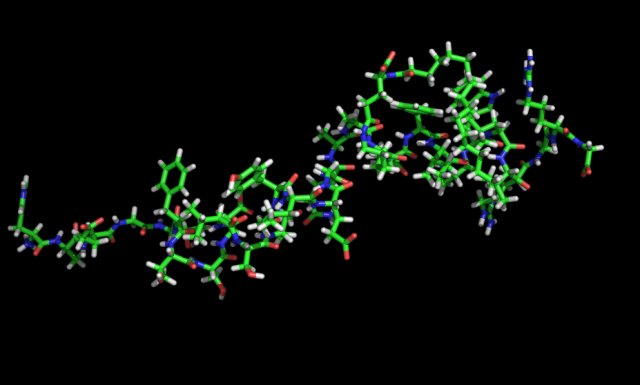June 2008 - For patients with type 2 diabetes, a condition called non-alcoholic fatty liver disease (NAFLD) may be an important risk factor for diabetes-related chronic kidney disease (CKD), according to a study in the August Journal of the American Society of Nephrology (JASN).
"Identifying patients with NAFLD would highlight a subgroup of type 2 diabetic individuals who should be targeted with more intensive therapy to decrease their risk of developing CKD," comment lead authors Dr. Giovanni Targher of University of Verona in Verona, Italy and Dr. Michel Chonchol of University of Colorado Health Sciences Center in Denver, Colorado.
The relationship between NAFLD and CKD was studied in 1,760 Italian adult patients with type 2 diabetes. Non-alcoholic fatty liver is an increasingly common type of chronic liver disease, in which deposits of fat build up in the liver. Over time, NAFLD can progress to more advanced forms of liver disease, including cirrhosis. The study excluded patients with other common causes of fatty liver, such as alcohol abuse, chronic viral hepatitis and use of medications with potentially toxic effects on the liver.
All of the patients initially had normal or near-normal kidney function. During an average follow-up period of six and a half years, 547 patients developed CKD, with a yearly risk of about 4.5 percent.
The risk of CKD was elevated for patients with NAFLD�69 percent higher than for patients without NAFLD. The difference remained significant after adjustment for a wide range of other potential risk factors, including age and sex, body fatness, duration of diabetes, glycemic control, hypertension, smoking and medications for hypertension, diabetes or dyslipidemia.
Continue Reading Below ↓↓↓
This suggests that the link between NAFLD and CKD does not simply reflect shared risk factors for the two diseases (such as obesity). "Instead, NAFLD may be actively involved in the pathogenesis of CKD in type 2 diabetes, possibly through the release of some pathogenic factors from the liver," according to Drs. Targher and Chonchol. For example, the fatty liver might release certain substances that promote inflammation, thus contributing to diabetic kidney damage.
Diabetic nephropathy, or kidney disease, is a major complication of diabetes that can lead to end-stage renal disease (ESRD)�permanent loss of kidney function requiring dialysis or transplantation. "The treatment of earlier stages of nephropathy in diabetes is effective in slowing the progression toward ESRD," Drs Targher and Chonchol note. "Thus the early detection of precursors and risk factors of CKD is very important."
If confirmed by further research, the association between NAFLD and CKD may aid in identifying diabetic patients at increased risk of kidney disease. With intensive treatment, it might be possible to prevent or delay the development of CKD in these patients.
The authors point out some limitations of their study, including the use of an estimated measure of kidney function. Also, the presence of NAFLD was assessed by liver ultrasound, without biopsy to confirm the diagnosis. Further study is needed to determine whether fatty liver is linked to an increased risk of CKD in patients without diabetes and in nonwhite patients.
The study entitled, "Increased Risk of CKD among Type 2 Diabetics with Nonalcoholic Fatty Liver Disease," is available online at http://jasn.asnjournals.org/ and will be in print in the August issue of JASN.
Source: American Society of Nephrology (ASN)










